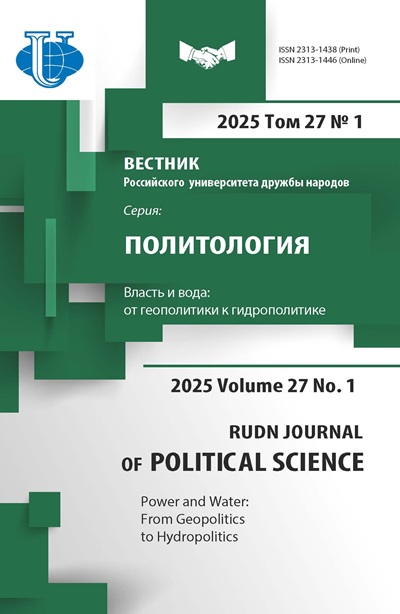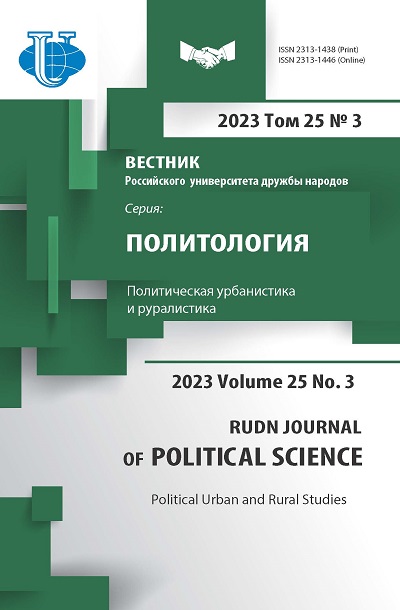“The Right to the City” and Politicization of Urban Space: A Brief Literature Review
- Authors: Podobueva V.A.1
-
Affiliations:
- RUDN University
- Issue: Vol 25, No 3 (2023): Political Urban and Rural Studies
- Pages: 553-563
- Section: POLITICAL URBAN STUDIES: THE CITY FACING NEW CHALLENGES
- URL: https://journals.rudn.ru/political-science/article/view/36196
- DOI: https://doi.org/10.22363/2313-1438-2023-25-3-553-563
- EDN: https://elibrary.ru/TLVEFX
Cite item
















